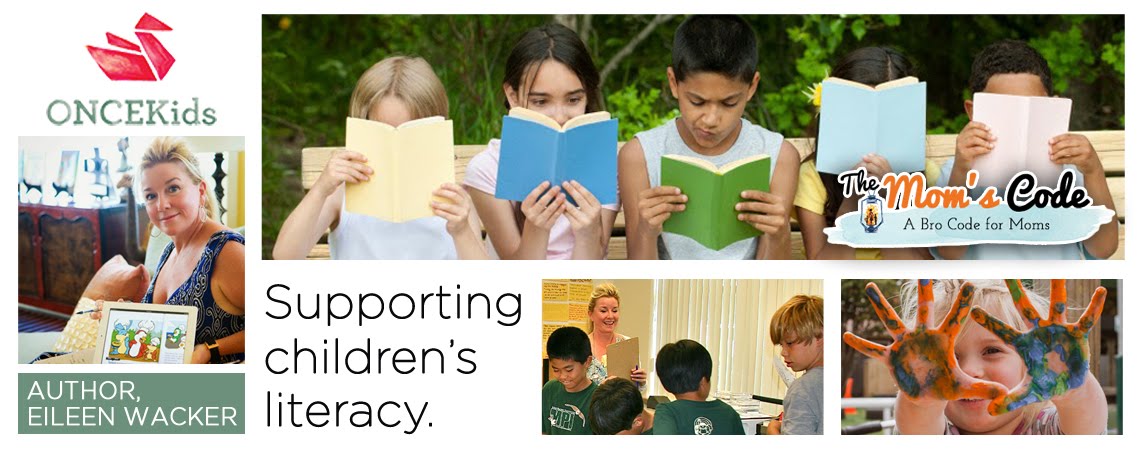 |
| Omikikuchi, a bamboo filament sake-bottle top |
Another place to see these beautiful ornaments besides at people's homes is the Japan Folk Crafts Museum in Tokyo. Each year the museum hosts a New Works craft competition that receives submissions of decorations including pottery, ceramics, woven textiles, and bamboo crafts from all over Japan.
The New Works craft competition dates back to 1936, the year the museum was opened by Soetsu Yanagi.
A traditional New Year's decoration, that was also the winner of last year's competition, is the shimenawa. The rope that is the basis for shimenawa dates back to ancient times when it was believed to ward off evil spirits and hold divine powers. It was thought of to be a symbol of the boundary between the everyday world and the sacred world.
Another type of New Year's ornament found at the museum is the omikikuchi, a bamboo filament sake-bottle top. They were used to decorate the top of sake bottles, which were offered to the gods.
Many people come from all over the world to admire and collect these rare items and this year's exhibition promises to be just as breath-taking as previous years.
Learn more about ONCEKids: http://oncekids.com/
Find ONCEKids on Facebook: https://www.facebook.com/ONCEKids
Follow ONCEKids on Twitter: http://twitter.com/#!/ONCEKids

